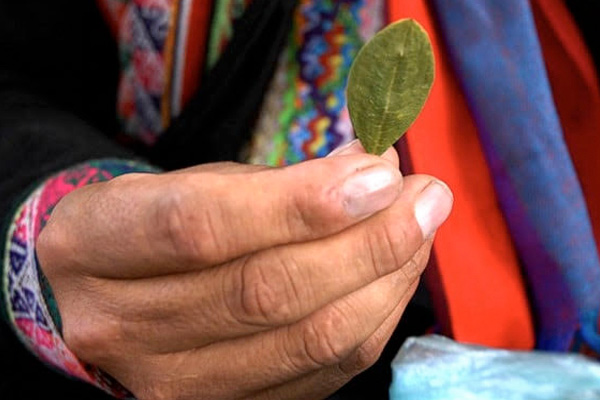No easy answers –
December 30, 2020 – Aerial eradication, or the large-scale spraying of herbicide on crops from a plane, has been discontinued in Colombia in recent years. Ruiz’s predecessor began phasing out the aerial spraying of glyphosate in 2015, after the World Health Organization deemed the Monsanto-manufactured herbicide “probably carcinogenic.”
Such campaigns have long been a fixture of the United States’ global drug war—including, for example, US support of fumigating Mexican cannabis crops with poisonous herbicide in the 1970s. Spraying efforts in Colombia began in 1998 under the country’s Plan Colombia and the US Andean Counterdrug Initiative.
Efforts to destroy the cocaine supply continued in the absence of aerial eradication, with the US again playing a significant role. In 2018, former President Juan Manuel Santos approved the use of fumigating drones just one day after the White House released data showing crop cultivation was at an all-time high. Then, with the inauguration of far-right President Duque later that year, Colombia launched a US-funded militarized manual eradication effort that led to violent confrontations, including the killings of Indigenous land defenders. President Donald Trump has publicly scolded Duque for not doing enough, and ordered him in March 2020 to restart aerial fumigation.
The tactic is now expected to return in early 2021. According to the Justice Minister Wilson Ruiz’s early-December announcement, it will likely start in “a month or two,” once approved by an environmental authority and drug policy council. Farmers have describedglyphosate’s immediate adverse health consequences, such as “a fever and skin rashes on their arms.” The sprayed herbicide has also killed wide swathes of Indigenous and Afro-Colombian farmers’ legal crops, provoked deforestation and contaminated water, among other harms.
Another Approach
Meanwhile, Colombia Senator Iván Marulanda has authored a bill that would legalize the very crops that the country’s president—and the US—wants to destroy. His plan: Buy the entirety of each year’s coca harvest from growers, effectively bringing them into a legal market.
This approach could mitigate the ongoing displacement of farmers and destruction of land. Among other things, the government would then go on to sell raw coca leaves to largely Indigenous artisanal businesses, which would produce a supply that people could access through pharmacies. Marulanda has even suggested that Colombia could become the global supplier for regulated cocaine, with its own safe supply programs like those being explored in Canada.
“I don’t rule out the possibility that other countries want to implement a public health policy that would supply cocaine from the state to their consumers,” Marulanda told Vice. “They would buy from the Colombian state and distribute. And it would be distributed outside of the black market.”
The safe supply would complement Colombia’s constitutional ban on imprisoning people for using drugs and its protection of cocaine (and cannabis) possession for personal consumption, per a 1994 court ruling.
“I hope that candidates get asked, ‘What do you think about legalization?’ that’s never happened before in Colombia.”
But established law like that precedent doesn’t mean politicians will be compliant. In the first months of his tenure, Duque signed a decree permitting police searches for, and seizures of, any drugs on an individual—seemingly a violation of their legal rights. It did not authorize arrests, according to the AP, although people caught in posession would be fined.



